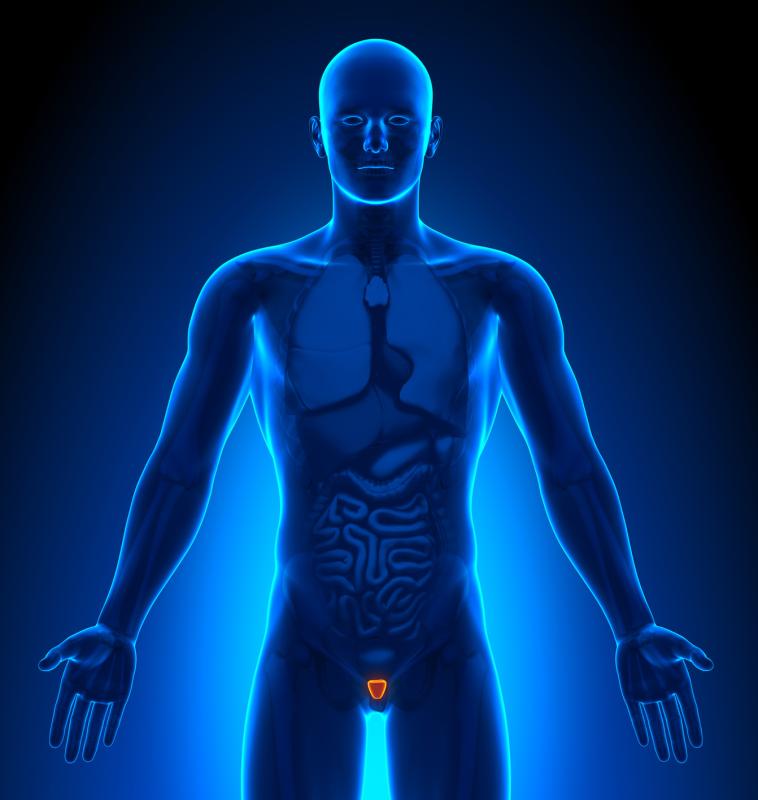
A higher Genomic Prostate Score (GPS) is a predictor of an increased risk of adverse pathology in patients who undergo radical prostatectomy after a period on active surveillance, as in those who undergo immediate prostatectomy, reports a study. The GPS is also associated with biochemical recurrence after radical prostatectomy.
The investigators identified patients on active surveillance at University of California-San Francisco who had Gleason score 3 + 3 or low volume (33 percent of fewer positive cores) Gleason score 3 + 4 prostate cancer, GPS testing at diagnostic or confirmatory biopsy, clinical stage T1/T2, prostate-specific antigen <20, and a clinical CAPRA (Cancer of the Prostate Risk Assessment) score <6.
Adverse pathology, defined as Gleason score 4 + 3 or greater, stage pT2a or greater or pN1, was the primary outcome. Biochemical recurrence, defined as two consecutive prostate-specific antigen measurements >0.05 ng/ml following radical prostatectomy, was the secondary outcome.
In total, 215 men were included. Of these, 179 (83 percent) were at low risk and 36 (17 percent) were at intermediate risk by CAPRA scoring. The median GPS was 26.4 (interquartile range, 18.8–34.6).
Multivariate analysis revealed an association between a higher GPS and an increased risk of adverse pathology at delayed radical prostatectomy (hazard ratio [HR] per 5 units, 1.16, 95 percent CI, 1.06–1.26; p<0.01). An association also existed between a higher GPS and an increased risk of biochemical recurrence (HR per 5 units, 1.10, 1.00–1.21; p=0.04).
“The GPS (Oncotype Dx® Genomic Prostate Score) test is an RNA expression assay which can be performed on prostate biopsies,” according to the investigators.